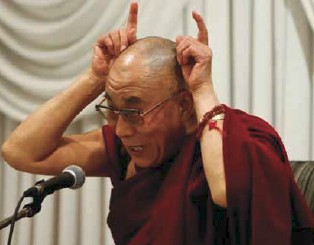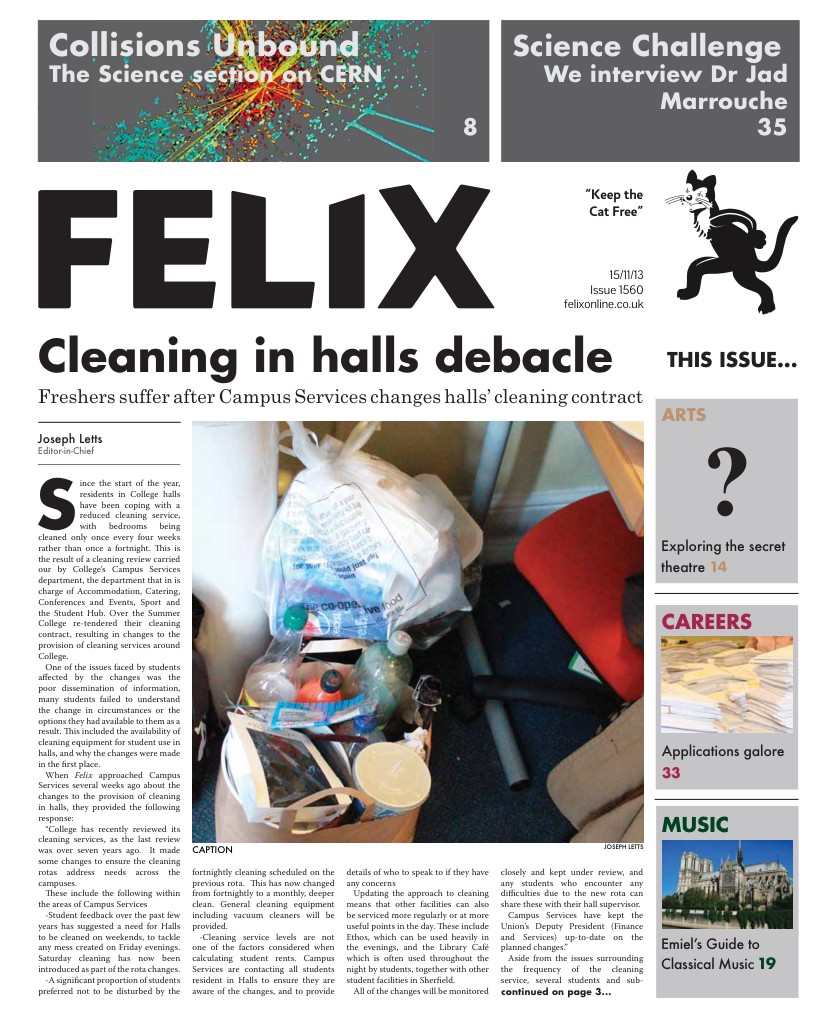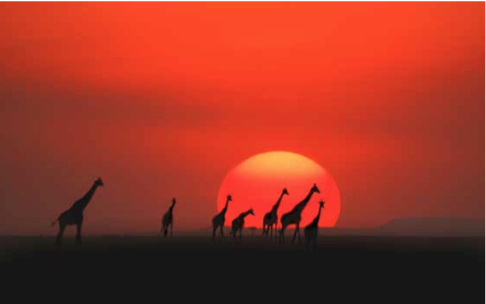Tibet: a brighter future than the rest of China
A student responds to last week's article about Tibet

N.B. Articles in the comment section are the opinion of the author and do not necessarily reflect the opinion of the newspaper or Imperial College. -Ed.
Lately an article in Felix, “What does the future hold for Tibet” has received great attention, calling for peace and independence for Tibet. While attempting to maintain a sound argument, this article supplied severely falsified evidence and subjectively interpreted facts. A disgrace to truth, and as such I endeavor to fight against injustice. My dear MSc Geophysics friend, Tibet does not encompass a quarter of the Chinese landmass. This ‘fact’ stated by the original author derived from the assumption that Tibet originally comprises Qinghai province and parts of Sichuan province, and Tibet Autonomous Region (TAR) has shrunk to its current size due to the suppression of the (majority Han) Chinese. What a hypocrite! Claiming the land of other ethnic minorities to be Tibetan! Hopefully the author knew that ethnic Han were the group of people of whom she simply referred to as ‘Chinese’. The ethnic Mongolians and Uyghurs are the natives of Qinghai, whereas the mountainous Sichuan has been sparsely populated by any people until Qing dynasty. Since Qing dynasty (17th century), Tibet has always been part of China hence it is simply out-of-nowhere to blame the PRC government of occupying Tibet in 1952. While attempting to claim the vast of Western China ought to be Tibet, the author has stated that the population of TAR is 13 million: 6 million of Tibetans and 7 million of Chinese. Presumably the author meant 7 million other Chinese; it is simply jaw-dropping to see that at a science and engineering university like Imperial College London, one supplies data with difference of several folds from that of the official census of Tibet: in the last census in 2010, 3 million people resided in Tibet Autonomous Region of China, while 90% of the population were ethnic Tibetans. It is highly questionable why one may use data that largely deviates from what is scientifically evaluated and publically published, presumably to create ethnic tension in China. However this is not yet the most ridiculous part. The author stated that “human rights have failed, Tibet’s culture and religious practices have been heavily oppressed and environmental destruction as a consequence of burgeoning infrastructure”. Long before Tibet became part of PRC, strict serfdom was practiced in the autonomous Tibet of Qing dynasty. Under the disguise of Tibetan Buddhism, the Tibetan society was a typical example of a feudalistic society. The majority of the Tibetan population were slaves, who had little human rights and merits of life. How dare one say that the termination of slavery by the PRC is a failure of human rights? This liberation benefited the majority of the Tibetans, while the minority, indeed one person has lost his status as whom to be praised – the Dalai Lama. Under the old systems of Tibet, Dalai Lama has acted as a quasi-spiritual leader under the disguise of religion, but the truth is that he was a feudal emperor. Thanks to the exile of the Dalai Lama, the real Tibetan Buddhism can be practiced. Furthermore, the exile of Dalai Lama was voluntary: he demands full control over Tibet, or he leaves. It is no wrong that the rest of China provides economic support for Tibet. If the burgeoning infrastructure in Tibet is to be blamed; if the plans of an airport are to be criticized; if the new 5000-room hotel to be built in Lhasa is to be condemned; this is simply implying that Tibet will be better off without them. This makes us wonder if the author has a completely different conception of ‘development’ compared to that of the rest of us. Under the governmental exchange programmes, the school that I attended (the best public school in the district with the highest GDP in Beijing) was obliged to accept 10% Tibetan students into the class. Many of these students have travelled outside Tibet for the first time of their lives and are enjoying much better education. The Han Chinese students never discriminate against them, as they simply always knew that “the ethnic minorities are also Chinese”. The ethnic minorities, including the Tibetans are not subject to the famous ‘One Child Policy’, in order to preserve their own culture and customs. In the national university entrance exam, bonus points were awarded simply for being an ethnic minority, due to their disadvantaged educational backgrounds. Last but not least, the economic support which the more developed areas gave to Tibet is simply more than one can imagine. The revenue generated from tourism, the opportunities of trade with the east, the funds which Tibet receive in the name of developmental support, are all the benefits Tibet receive simply for being part of China. It is highly questionable of one’s intention, if one proposes that saving Tibet is equivalent to being independent from the rest of China, risking to be returned to the society of slavery under the previous governance of Dalai Lama. The answer to the original author’s question would be that Tibet holds an even brighter future than the rest of China. Or maybe “Tibet holds an even brighter future than that of what Dalai Lama may offer” might be a more coherent answer to that questioned by the author in the article.







